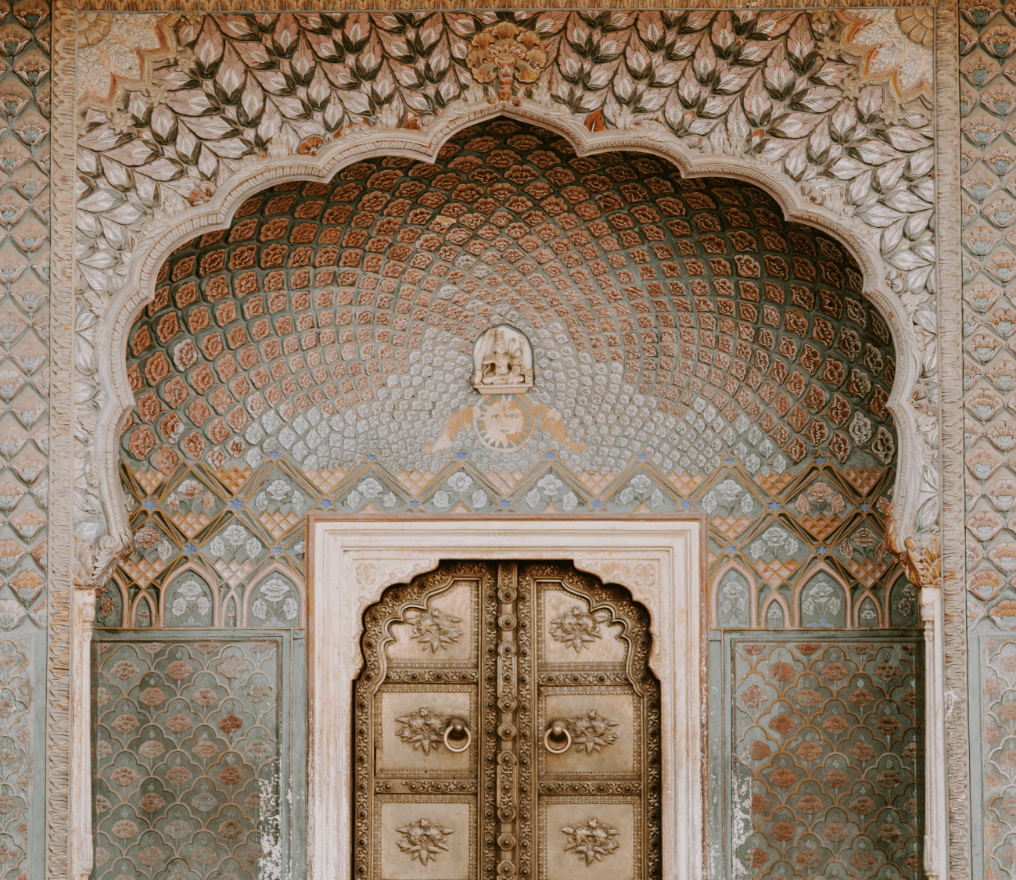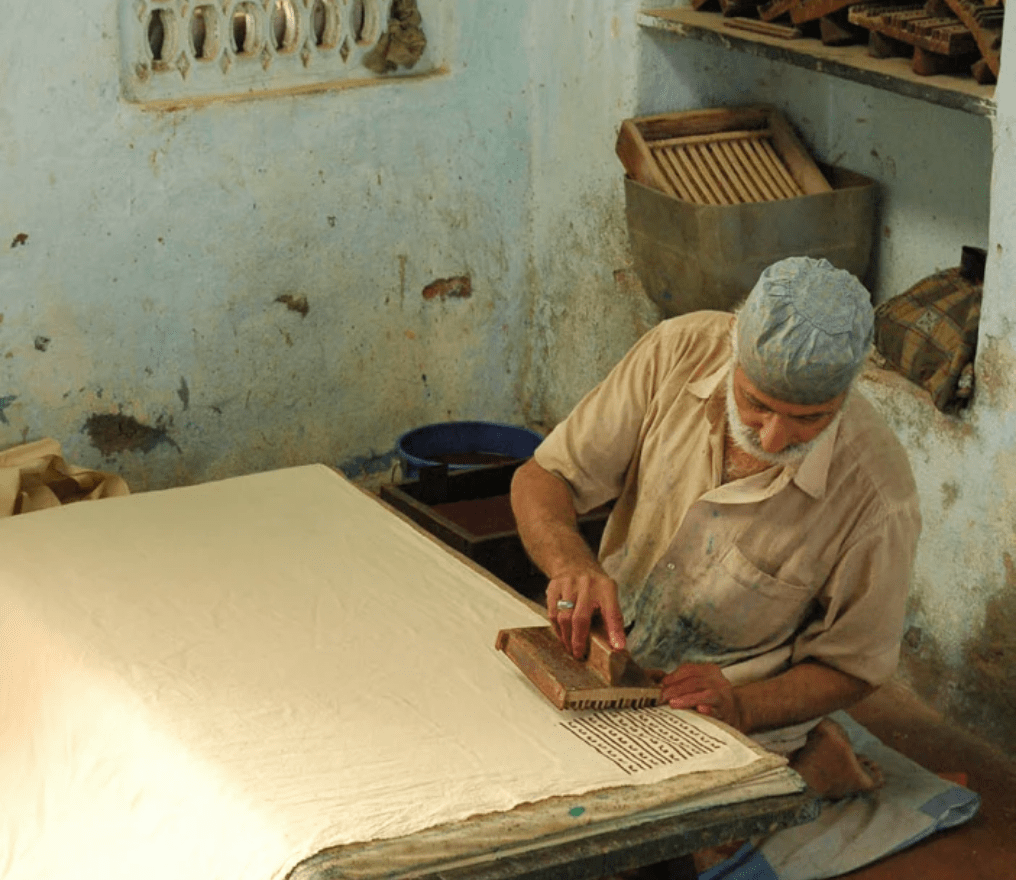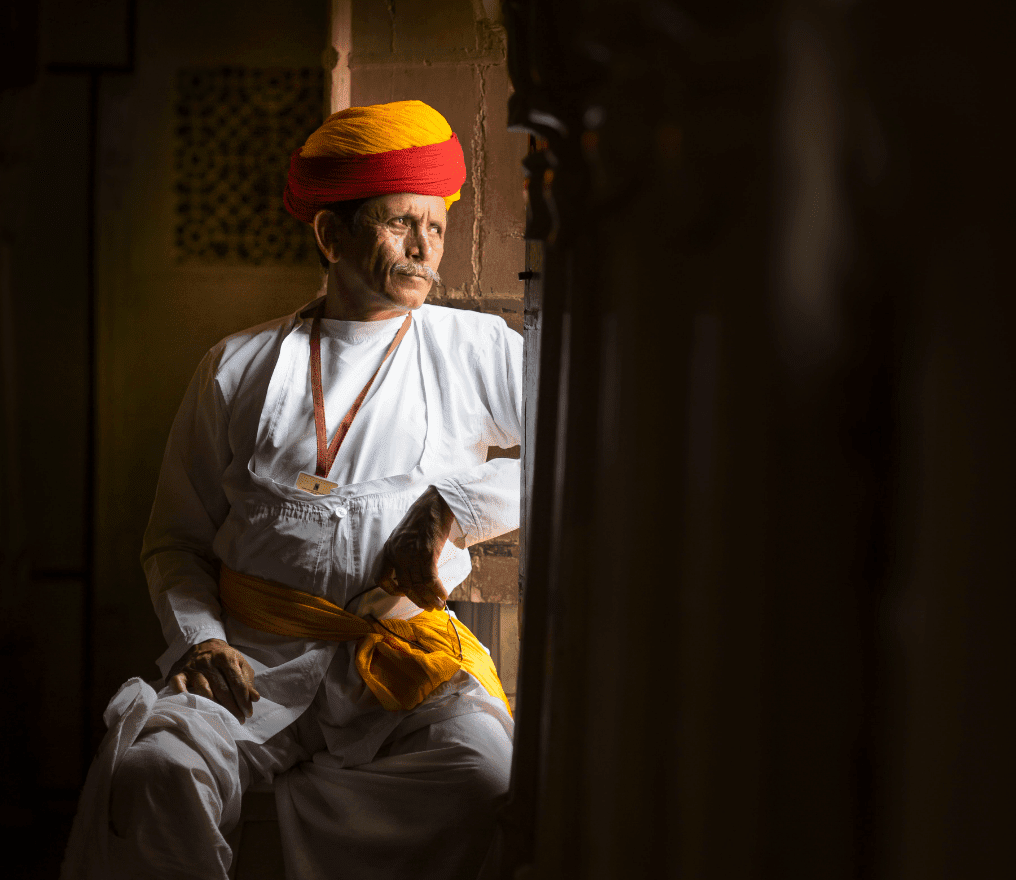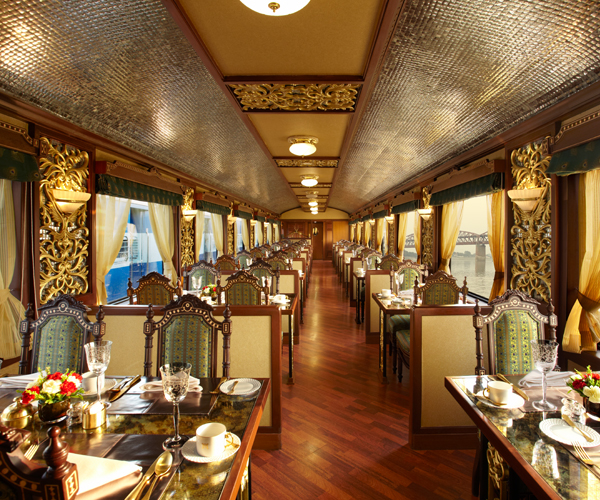Sustainability
Our eco-friendly tours, responsible tourism practices, and community engagement initiatives ensure that we leave a lasting, positive impact on the places we visit.
Discover the rich cultural tapestry and heritage as you journey through the archives
of history and glory.
- Xplore
- Xpress
- Xperience










